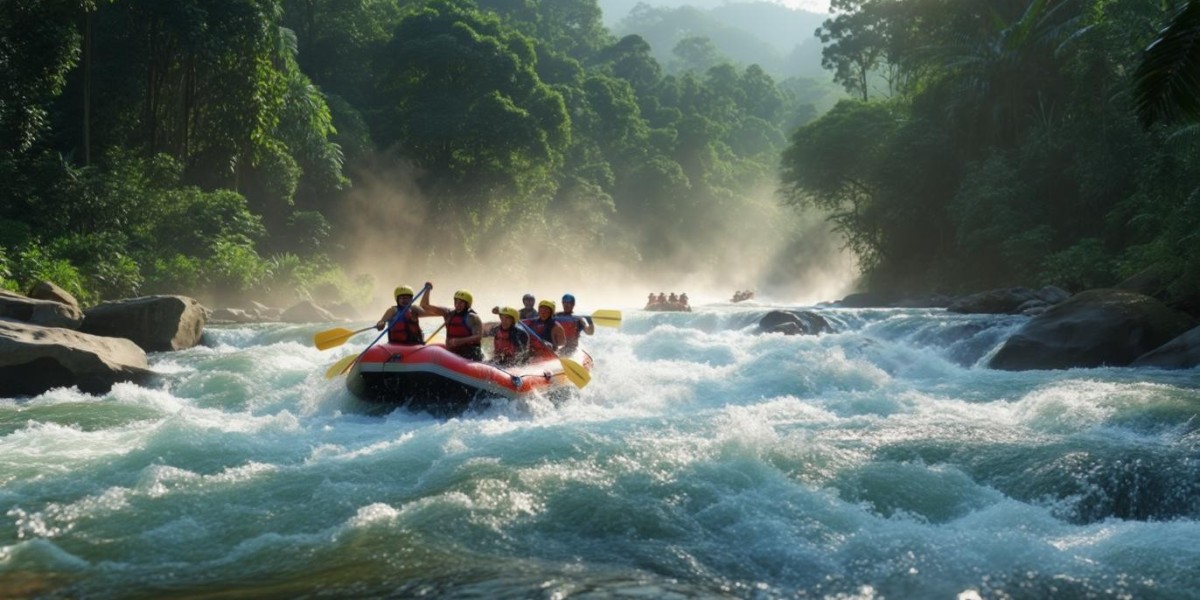With a rich tapestry of religious traditions—including Buddhism, Hinduism, Islam, and Christianity—the island offers a unique blend of sacred sites, ancient rituals, and vibrant festivals. Its multi-religious heritage, shaped by centuries of cultural exchange, makes Sri Lanka a haven for those seeking spiritual enrichment and cultural exploration.
Buddhism: The Heart of Sri Lankan Spirituality
Buddhism, practiced by approximately 70% of the population, is deeply embedded in Sri Lanka’s identity. The island is one of the oldest centers of Theravada Buddhism, and its sacred sites draw millions of pilgrims annually.
Temple of the Sacred Tooth Relic (Dalada Maligawa), Kandy: This UNESCO World Heritage Site houses the sacred tooth relic of Lord Buddha, one of the holiest relics in Buddhism. The temple is a focal point during the Esala Perahera, a grand festival featuring processions of drummers, dancers, and adorned elephants. Pilgrims visit to offer prayers and witness the relic’s ceremonial display.
Anuradhapura: A UNESCO World Heritage Site, this ancient city is home to the Sri Maha Bodhi, a sacred fig tree grown from a cutting of the Bodhi tree under which the Buddha attained enlightenment. Other key sites include the Ruwanwelisaya Stupa and Jetavanarama, ancient stupas that reflect Sri Lanka’s architectural and spiritual legacy.
Polonnaruwa: Another ancient capital, Polonnaruwa features the Gal Vihara, a set of rock-carved Buddha statues renowned for their craftsmanship. The site is a testament to the island’s medieval Buddhist heritage.
Adam’s Peak (Sri Pada): This sacred mountain, revered by Buddhists, Hindus, Muslims, and Christians, is believed to bear the footprint of the Buddha (or Adam, Shiva, or St. Thomas, depending on the faith). The pilgrimage season (December to May) sees thousands climb the 5,500 steps to the summit for sunrise prayers.
Mihintale: Known as the cradle of Buddhism in Sri Lanka, Mihintale is where Arahat Mahinda introduced Buddhism to King Devanampiya Tissa in 247 BCE. The site includes stupas, meditation caves, and a serene ambiance for reflection.
Hinduism: Vibrant Temples and Traditions
Hinduism, practiced primarily by the Tamil community (about 15% of the population), thrives in Sri Lanka, with colorful temples and festivals that attract devotees and tourists alike.
Nallur Kandaswamy Kovil, Jaffna: One of the most significant Hindu temples in Sri Lanka, dedicated to Lord Murugan, this temple is famous for its elaborate festivals, particularly the Nallur Festival, featuring chariot processions and vibrant rituals.
Kataragama Temple: Located in the southeast, this multi-religious complex is sacred to Hindus (dedicated to Lord Murugan), Buddhists, and indigenous Vedda people. The annual Kataragama Esala Festival draws thousands for fire-walking ceremonies and devotional acts.
Thirukoneswaram Temple, Trincomalee: Perched on a cliff overlooking the Indian Ocean, this ancient temple dedicated to Lord Shiva is steeped in legend and offers breathtaking views alongside spiritual significance.
Munneswaram Temple, Chilaw: One of the oldest Hindu temples in Sri Lanka, it is dedicated to Lord Shiva and is a key pilgrimage site, especially during the Navaratri festival.
Islam: Mosques and Sufi Traditions
With Muslims comprising about 10% of the population, Sri Lanka’s Islamic heritage is evident in its mosques and cultural practices.
Jami Ul-Alfar Mosque, Colombo: Known as the Red Mosque, this striking red-and-white structure in the Pettah district is a landmark of Islamic architecture. Visitors are drawn to its intricate design and historical significance.
Kechimalai Mosque, Beruwala: One of the oldest mosques in Sri Lanka, located on the southwest coast, it is a key pilgrimage site for Muslims, especially during Eid festivals.
Sufi Shrines: The island has a rich Sufi tradition, with shrines like the Dewatagaha Mosque in Colombo, associated with Sufi saint Sheikh Usman, attracting devotees seeking blessings.
Christianity: Colonial Legacy and Sacred Sites
Christianity, introduced by Portuguese, Dutch, and British colonizers, is practiced by about 7% of Sri Lankans, with key sites drawing pilgrims.
St. Anthony’s Shrine, Kochchikade, Colombo: A revered site for Catholics, this church is associated with miracles and attracts devotees of all faiths, particularly after surviving the 2019 Easter Sunday attacks.
Madhu Church, Mannar: Dedicated to Our Lady of Madhu, this remote shrine in the jungle is a major Catholic pilgrimage site, especially during the annual feast in August.
Talawila Church, Kalpitiya: This historic church, dedicated to St. Anne, hosts a vibrant festival that draws thousands of Catholic pilgrims.
Religious tourism in Sri Lanka offers a profound journey through the island’s spiritual and cultural heritage. From ancient Buddhist stupas to vibrant Hindu temples, historic mosques, and serene churches, the country’s sacred sites reflect its diverse faiths and shared traditions. Whether climbing Adam’s Peak at dawn or joining the colorful processions of Esala Perahera, travelers can experience a unique blend of devotion, history, and community that makes Sri Lanka a spiritual haven.







